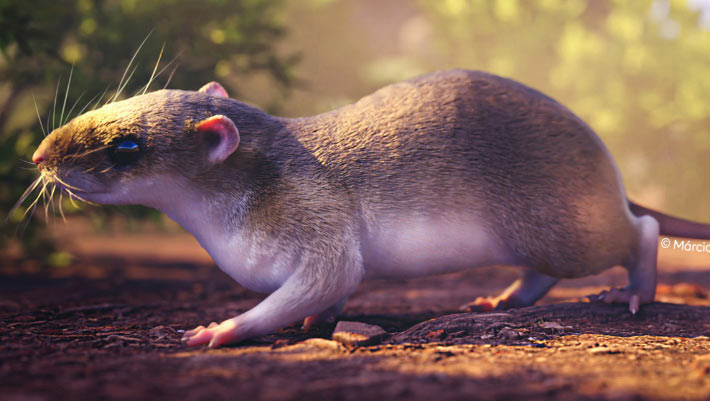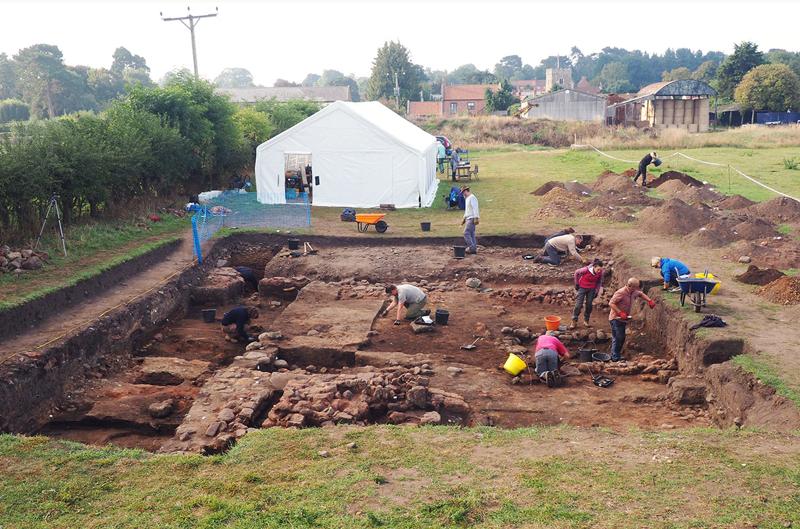Now Reading: New Extinct Rodent Species Unearthed from Amazon Fossil
-
01
New Extinct Rodent Species Unearthed from Amazon Fossil
New Extinct Rodent Species Unearthed from Amazon Fossil

Fast Summary
- Paleontologists have discovered a new species of extinct rodent, Acarechimys hunikuini, in the Solimões Formation near Feijó, Acre, Brazil.
- The species lived approximately 10 million years ago during the Late Miocene epoch and is part of the Octodontoidea superfamily within Caviomorpha rodents.
- Dental remains were collected during field trips in 2019 and 2022 at fossil-rich sites dated to the Upper Miocene period.
- The genus Acarechimys likely originated in the Late Oligocene and diversified across South America throughout subsequent epochs before its extinction outside Patagonia by the Late Miocene.
- Researchers highlight that Acarechimys hunikuini underscores co-existence with other caviomorph rodents and contributes to understanding biodiversity dynamics in ancient Amazonia.
- Findings emphasize challenges such as limited data on caviomorph lineage diversification and divergence between existing studies on this group.
Indian Opinion Analysis
The finding of Acarechimys hunikuini offers meaningful insights into South America’s paleobiogeography.While focused on Brazilian Amazonia, these findings extend relevance for global biodiversity studies-highlighting how diverse ecosystems evolved over time. For India, which has complex ecological histories stretching back millions of years (e.g.,Western Ghats fossils),such research reiterates the value of conserving fossil records as windows into past climates and faunas. Strengthened collaboration with international paleontology initiatives could enable deeper exploration into India’s own ancient repositories. In turn, this can enrich broader understandings of environmental shifts critical for contemporary conservation efforts.



























